What is a warranty and why is it important?
A warranty is a promise made by a manufacturer or seller regarding the condition of a product. It assures the buyer that the product will perform as expected and offers repair or replacement if it fails to meet specified standards. Understanding warranties is crucial because it protects consumers from defects and ensures product reliability.
Warranties can vary significantly in terms of duration and coverage. Here are the primary types:
- Limited Warranty: Covers specific parts for a limited time.
- Full Warranty: Offers comprehensive coverage for repairs and replacements.
- Lifetime Warranty: Guarantees repairs for the life of the product.
Without a valid warranty, you may face significant out-of-pocket expenses for repairs or replacements. It’s essential to verify its legitimacy to avoid scams or misleading offers.

In essence, a warranty not only provides peace of mind but also serves as a contract that holds manufacturers accountable for their products. If a warranty is invalid, the consumer may lose out on essential protection.
How can I check if my warranty is valid?
To check if your warranty is valid, follow these steps:
- Locate your warranty documents. These may have come with your purchase or can be found online.
- Visit the manufacturer’s website and look for a warranty verification tool.
- Enter your product details, such as the serial number and purchase date.
- Contact customer service for assistance. They can verify the warranty based on your purchase information.
Documentation is key; always keep receipts and warranty cards in a safe place. If the warranty is digital, ensure you have access to it when needed.
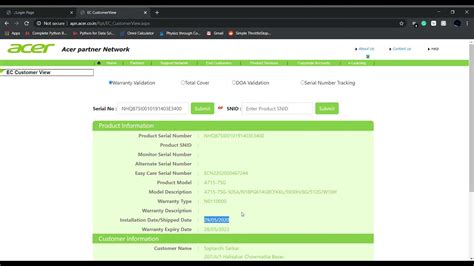
Furthermore, always verify if the warranty was registered correctly. Some warranties require registration within a specific timeframe after purchase.
What details do I need to verify a warranty?
When verifying a warranty, certain details are crucial:
| Detail | Description |
|---|---|
| Product Serial Number | A unique identifier for your product. |
| Purchase Date | The date when the product was bought. |
| Retailer Information | Name and location of the retailer where purchased. |
| Warranty Type | Full, limited, or lifetime warranty details. |
Having this information ready will expedite the verification process. Each warranty may have specific requirements, so check for any additional information the manufacturer may require.
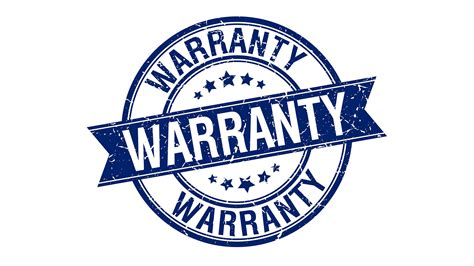
Additionally, it’s beneficial to document your interactions with customer service during the verification process for future reference.
Where can I find warranty information for my product?
Finding warranty information for your product can typically be done through the following sources:
- Manufacturer’s Website: Most brands have dedicated sections for warranty details.
- Retailer’s Website: Some retailers also provide warranty information for products sold through their stores.
- Product Packaging: Warranty details are often included in the product manual or packaging.
If you can’t find the information online, consider reaching out directly to customer support via phone or email.
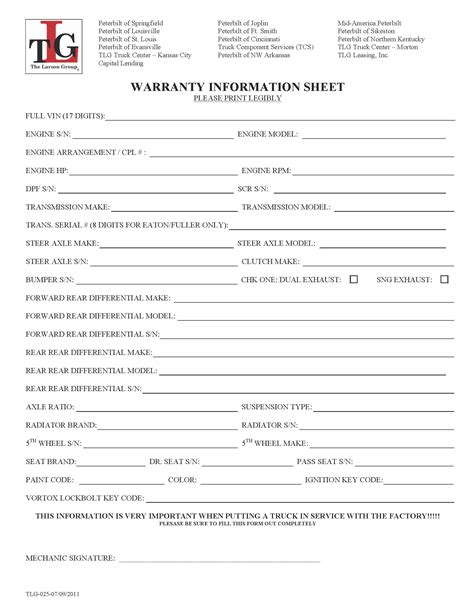
Online forums and user communities may also share insights about warranties for specific products. This can be especially helpful for less common items.
What should I do if my warranty is expired?
When a warranty expires, here are your options:
- Review Repair Options: Check if the manufacturer offers repair services at a cost.
- Purchase Extended Warranty: Some retailers or third parties offer extended warranties post-purchase.
- Consider Replacement: Depending on the product’s age and condition, it might be time to invest in a new item.
Sometimes, manufacturers may still honor repairs or provide goodwill adjustments even if the warranty has expired, especially for loyal customers.
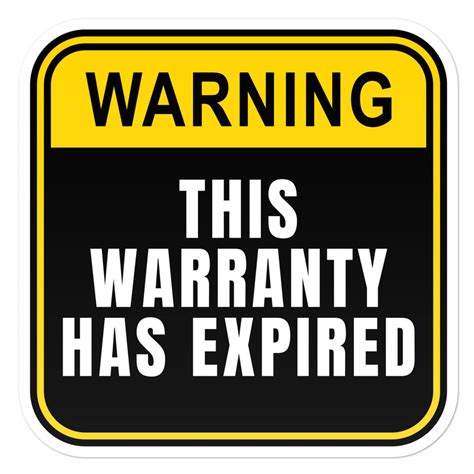
It’s always worthwhile to reach out to the manufacturer to inquire about your specific situation, as policies may vary.
How do I file a warranty claim?
Filing a warranty claim typically involves the following steps:
- Gather necessary documents, including your warranty and purchase receipt.
- Contact customer service to initiate the claim process.
- Follow the provided instructions, which may involve sending the product back for inspection.
- Keep records of all correspondence and documentation related to your claim.
Ensure that you understand the warranty terms, including what is covered and what is not. This will help you prepare for potential pushbacks during the claims process.

Some manufacturers provide online claim submission tools, which can streamline the process significantly.
Can I transfer my warranty to someone else?
Whether a warranty can be transferred typically depends on the manufacturer’s policies. Here are some common scenarios:
- Limited Transferability: Many warranties allow transfers, but require registration.
- No Transfer: Some warranties are non-transferable, meaning they only apply to the original purchaser.
- Extended Warranties: Often have specific terms regarding transferability.
To transfer a warranty, contact the manufacturer to understand the process and any necessary documentation.
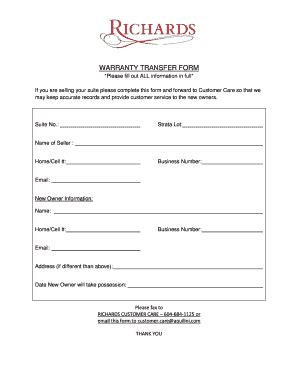
Always keep a record of the original purchase and any transfer documents for your records.
What to do if my warranty claim is denied?
If your warranty claim is denied, take these steps:
- Understand the Reason: Contact customer service for clarification on why the claim was denied.
- Gather Evidence: Collect any supporting documents that may help your case.
- Appeal the Decision: Many companies have a formal appeal process for denied claims.
Document all interactions, including names and dates of your conversations with customer service representatives.
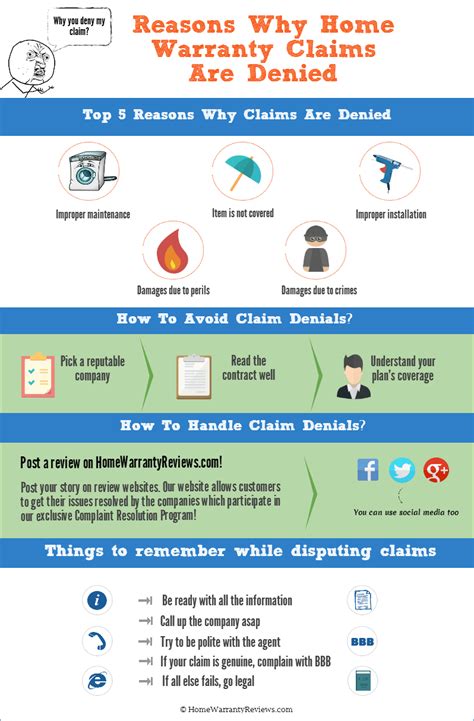
It’s important to remain persistent and professional in your communications, as this can often lead to a favorable resolution.
Are extended warranties worth it?
Extended warranties can be a worthwhile investment, but consider the following factors:
- Product Reliability: If the product is known for reliability, you might not need an extended warranty.
- Cost of Repairs: Consider how much repairs could cost versus the price of the warranty.
- Coverage Scope: Examine what the extended warranty covers and any exclusions.
Assess your personal risk tolerance and budget when deciding on an extended warranty.
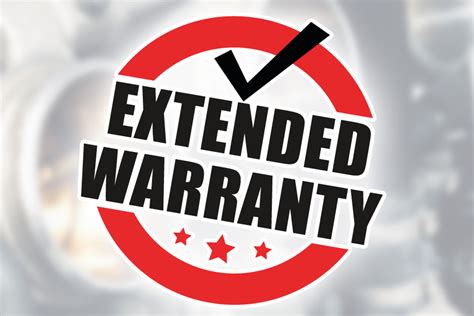
In some cases, setting aside the cost of the warranty for future repairs can be more financially sound than purchasing the warranty itself.
Summary of Warranty Verification
| Step | Description |
|---|---|
| Identify Warranty Type | Know the type of warranty you have. |
| Gather Documentation | Collect all necessary documents and receipts. |
| Use Manufacturer Resources | Visit the manufacturer’s website for verification tools. |
| Contact Customer Service | Reach out for assistance if needed. |
| Follow Up on Claims | Be persistent if your claim is denied. |



